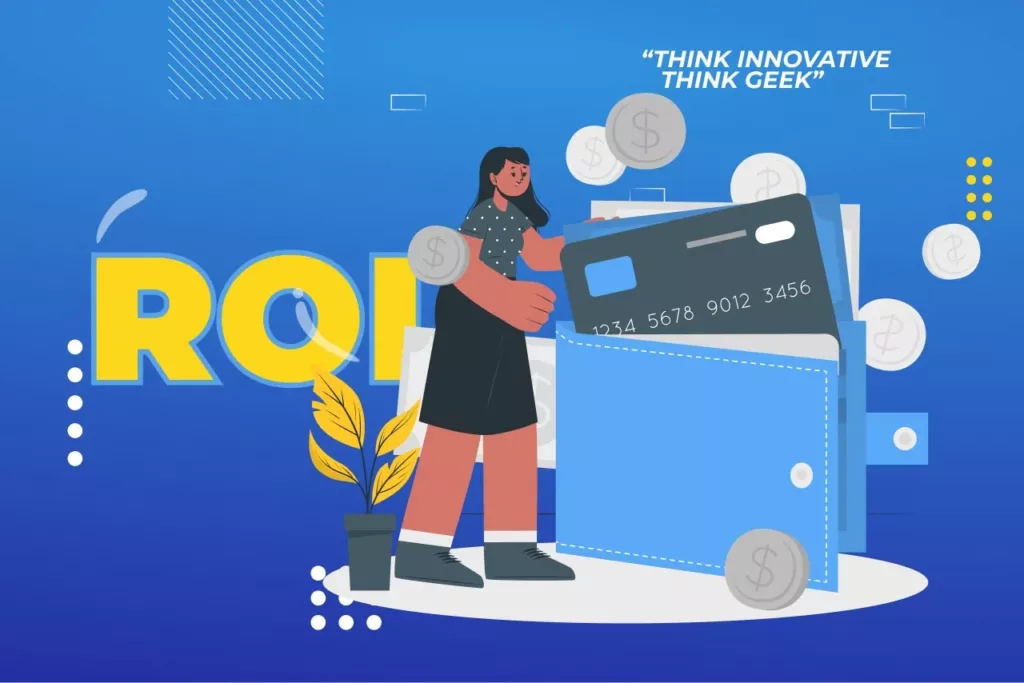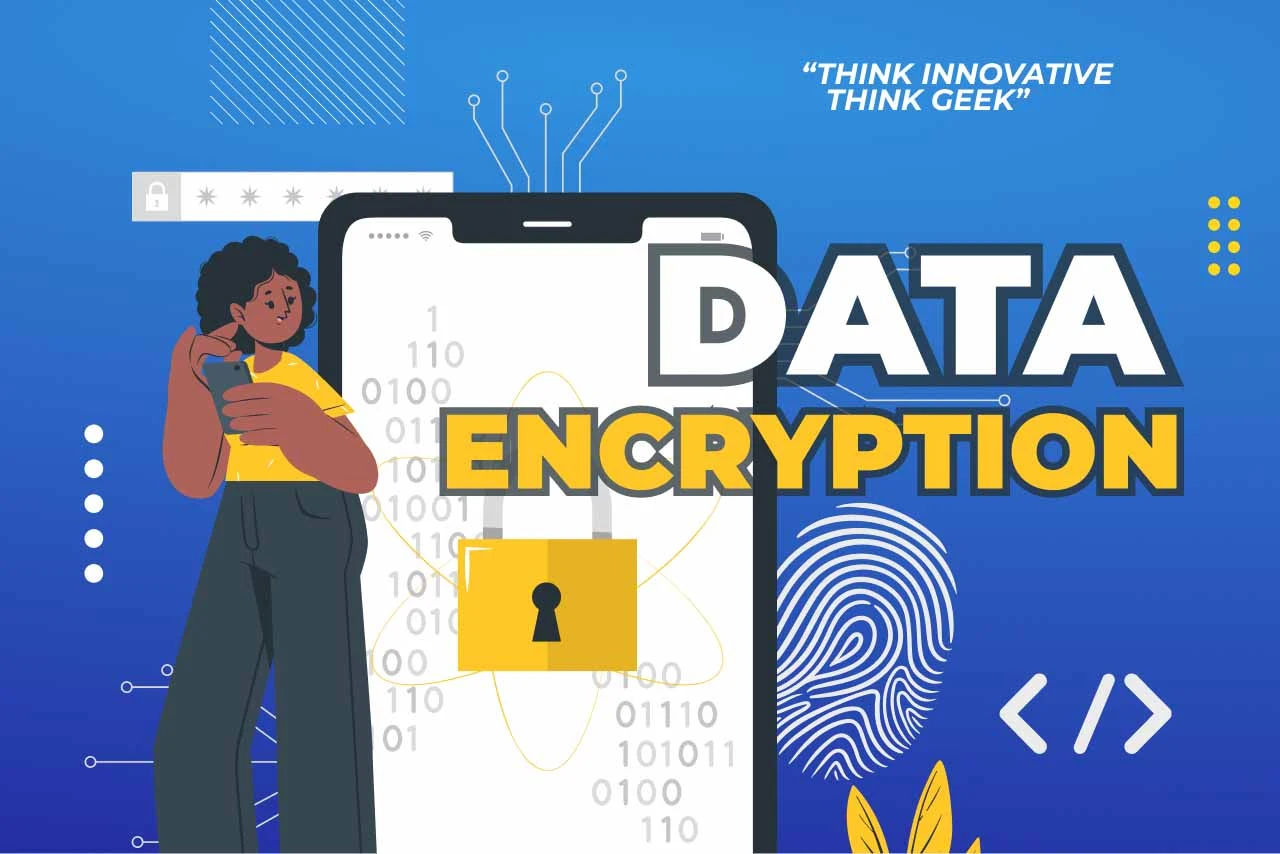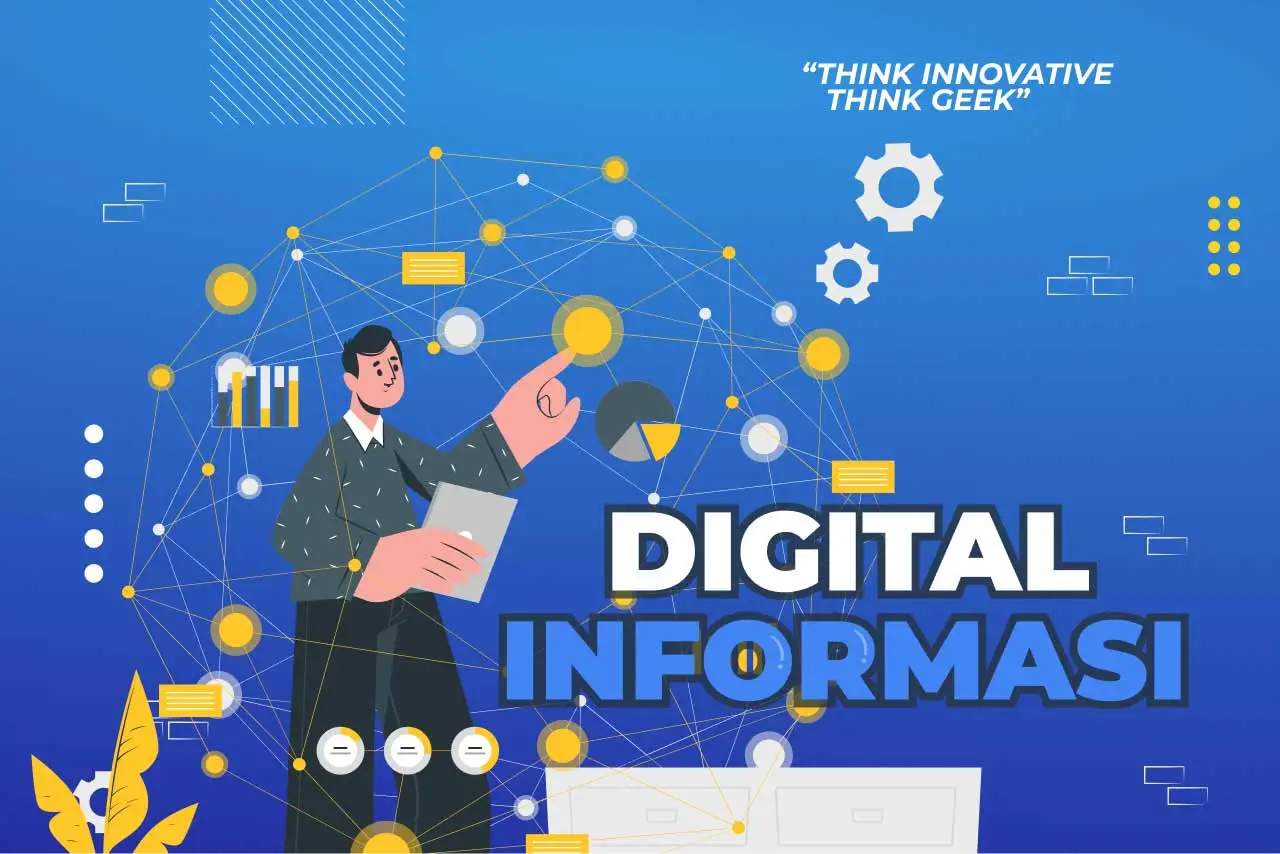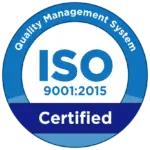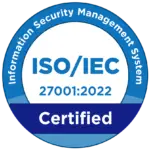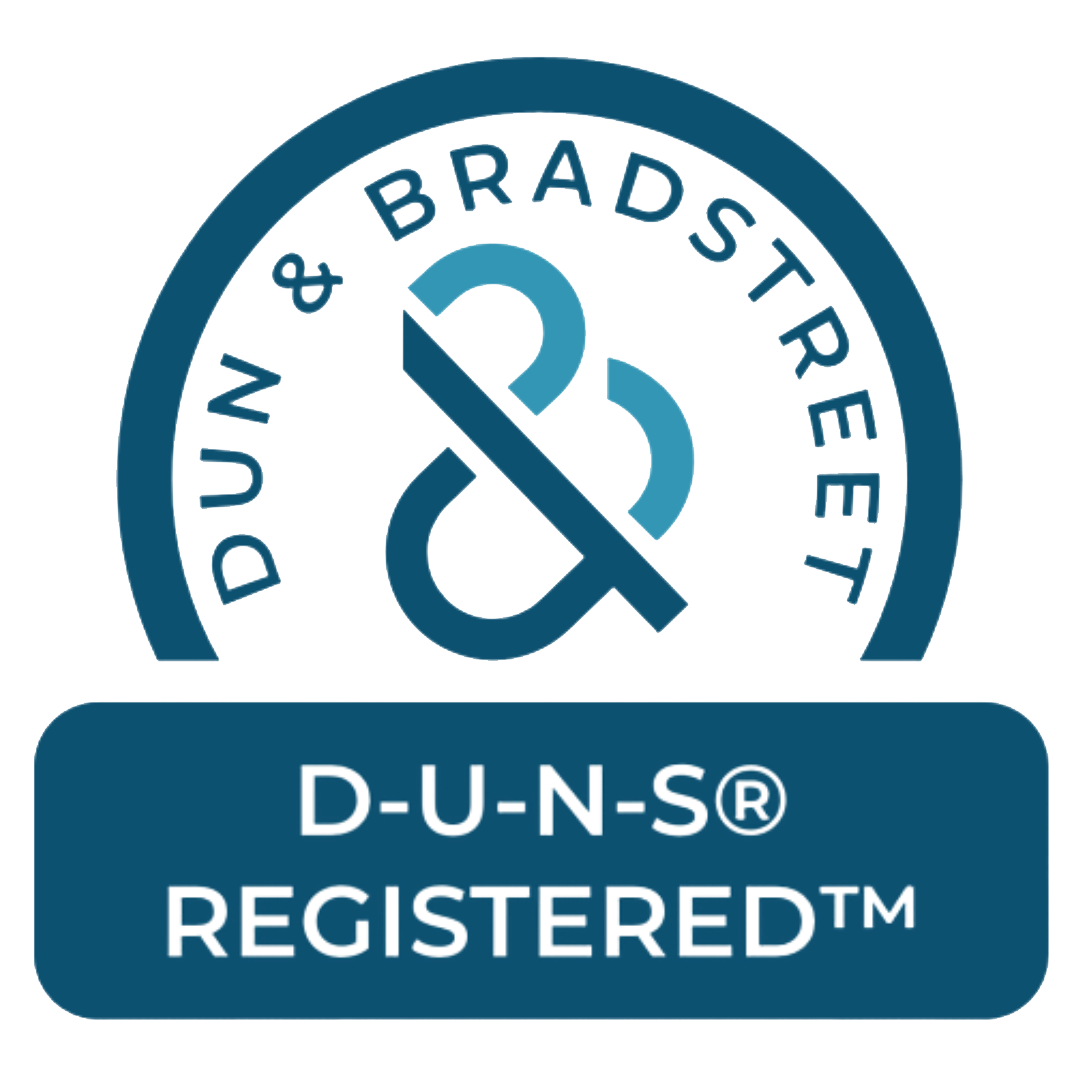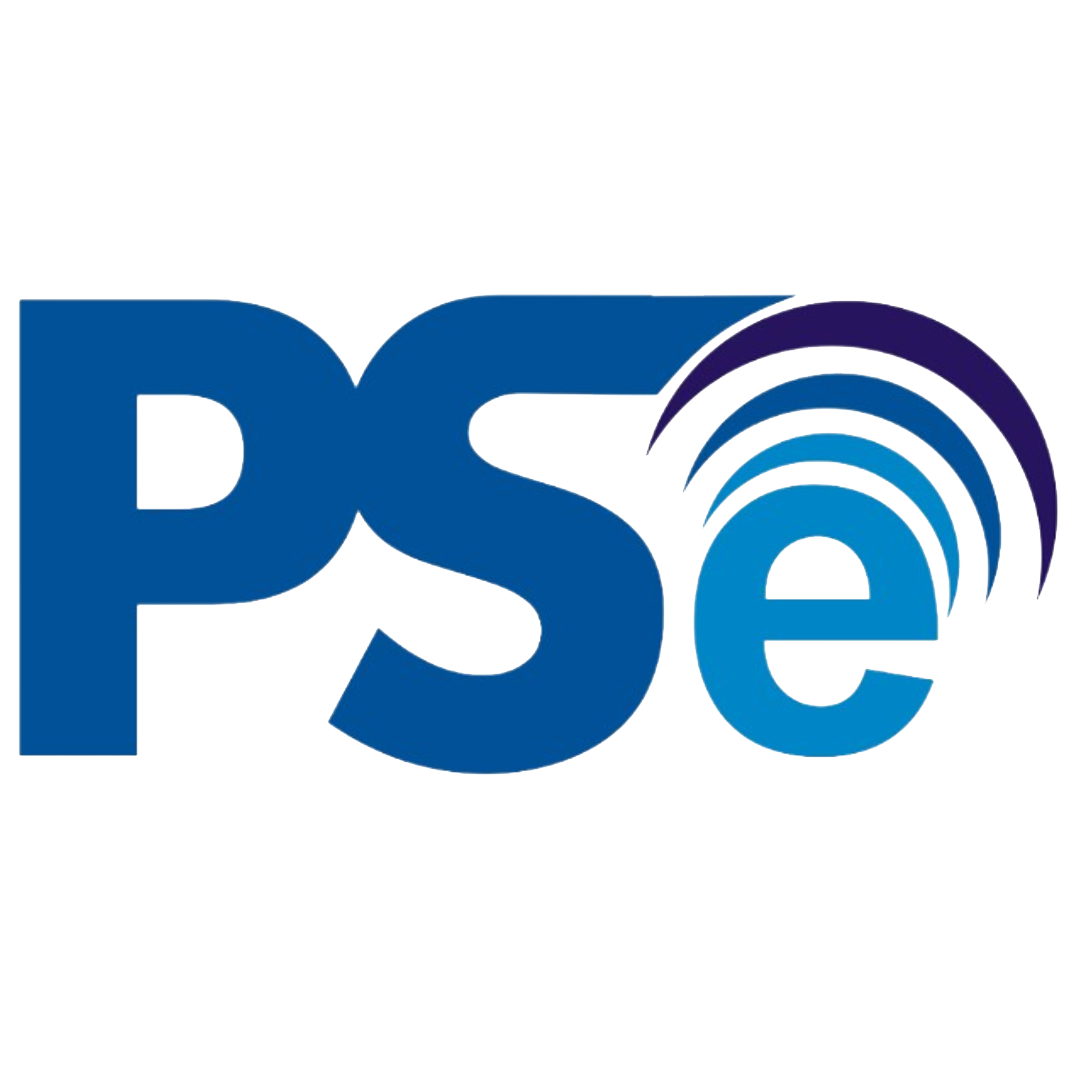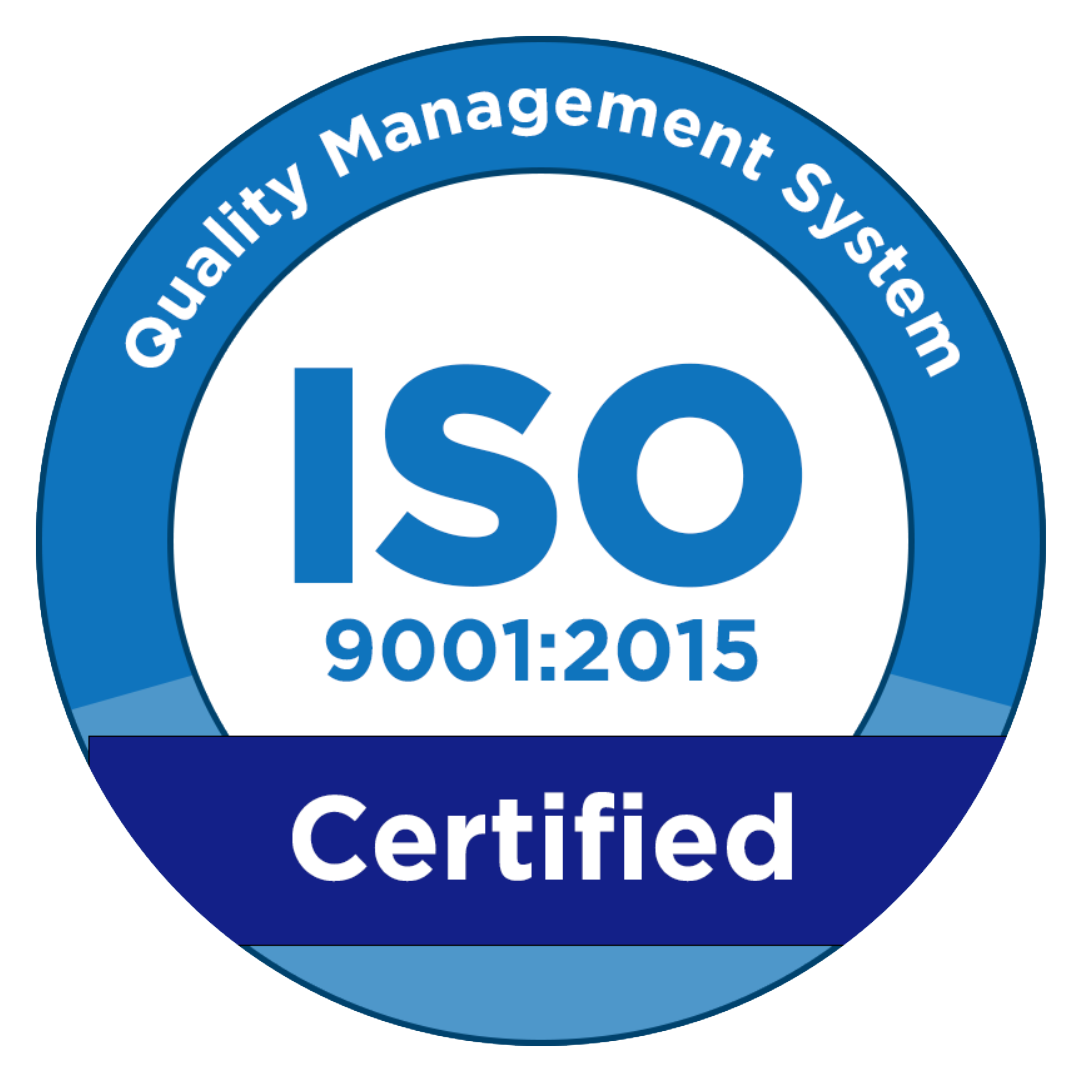The ROI of digital transformation in the mining sector is not just a trend but has become a pressing necessity. Many mining companies have begun adopting digital technology to enhance efficiency, reduce costs, and optimize productivity.
Global trends in digital transformation show that companies that quickly adapt to technology tend to be more competitive and can thrive in an ever-changing market.
In this article, you will learn about the benefits of implementing technologies such as the Internet of Things (IoT), Artificial Intelligence (AI), and data analytics, enabling companies to monitor operations in real-time, ultimately improving operational efficiency.
What is ROI?
Return on Investment or ROI in digital transformation is a metric used to measure the returns gained from a particular investment. In the context of digital transformation, ROI can be used to determine whether investments in digital technology provide significant added value to a company.
Calculating ROI is particularly important in the mining industry, as investments in technology typically involve substantial costs.
Companies can analyze the ROI of digital transformation, companies can evaluate whether digitalization delivers the desired outcomes. ROI helps mining companies make wiser investment decisions.
By understanding the ROI formula and how to calculate it, companies can identify which digital projects will positively impact operations and profitability. Without accurate ROI measurement, companies risk making investments that may not yield the expected results.
Benefits of Digital Transformations in Mining

Digital transformation can bring numerous benefits to various industries, such as increased efficiency, productivity, sustainability, and safety. Thus, what are the specific advantages of digital transformation in mining?
1. Increased Operational Efficiency
By adopting digital technologies, mining companies can optimize operational processes and improve energi efficiency.
2. Reduction in Production Costs
Technologies like IoT and AI enable companies to monitor the condition heavy machinery and resources in real-time, minimizing errors and reducing maintenance and repair costs.
3. Increased Productivity and Output
Digitalization allows for the use of automated tools, which enhances employee productivity and production output, ultimately leading to higher profits.
4. Better Resource Management
Technology helps monitor and manage resources, such as raw materials and heavy equipment, more efficiently, reducing waste.
5. Data-Driven Decision Making
Real-time data from digital technology enables management to make quicker, more informed decisions based on deep analysis and accurate predictions.
6. Innovation and Technological Development
Digital transformation fosters continuous innovation in production processes and the development of new technologies that can be implemented in the future for even greater efficiency.
How to Calculate ROI from Digital Transformation
Calculating ROI from digital transformation is essential to assess whether technology investments are yielding the expected returns. Here are the steps to calculate ROI from digital transformation:
1. Identify the Type of Project
First, determine the type of digital transformation project being undertaken. For example, does the project involve automation, the use of AI, IoT, or other technologies? The type of project will influence both costs and benefits in the ROI calculation.
2. Set Business Goals
Next, define the main business objectives of the project. For instance, are you aiming to improve operational efficiency, reduce costs, or boost productivity? These objectives will serve as benchmarks for the project’s success.
3. Identify Investments Costs
After that, calculate all the costs involved in the digital transformation project. This may include:
- Technology or software purchase costs
- Implementation and integration costs
- Employee training costs
- Ongoing maintenance and support costs
4. Set Investment Metrics
To calculate ROI accurately, you need to set clear metrics to measure project success. These metrics can include improved productivity, reduced downtime, lower operating, costs, or faster processes.
5. Estimate Project Benefits
Next, estimate the financial benefits that will come from the project. These can include revenue increases or cost savings.
For example, if the technology reduces machine downtime, how much money can be saved from improved performance?
6. Use the ROI Formula
Once all data has been gathered, use the ROI formula to calculate whether the investment is profitable. Here’s how to calculate it:
ROI = (Benefits – Investment Costs) / Investment Costs x 100%
Give as an example, if a company invests IDR 500 million in a digital transformation project and saves IDR 700 million in operational costs, then:
ROI = (700.000.000 – 500.000.000) / 500.000.000 x 100 = 40%
Thus, the project provides a 40% return on the investment made.
7. Establish a Work Plan and Evaluate Regularly
Ensure you have a solid implementation plan and conduct regular evaluations to ensure that the project is on track. ROI measurements also need to be updated over time to reflect actual results compared to initial estimates.
Successful Implementation of Digital Technology in Various Sectors
Many industries have successfully implemented digital technology. Here are a few examples:
1. Digital Showroom in the Automotive Sector
The automotive industry has adopted digitalization through digital showrooms, making it easier for customers to explore and order vehicles online.
2. AirBnB’s Sharing Service
Airbnb is a successful example of a digital service that uses an online platform to connect renters and property owners more efficiently.
3. Amazon’s Automation in Retail
Amazon has utilized automation technology to enhance efficiency in the retail sector, especially in inventory management and fast product delivery.
Digital transformation offers significant potential for the mining industry to improve operational efficiency, reduce costs, and increase profitability.
Measuring ROI in digital transformation is a crucial tool for ensuring that investments in digital technology provide optimal results. By calculating ROI, mining companies can make more informed decisions, maximize profits, and minimize risks.
Unlike other market applications, custom software is specifically designed to suit the unique needs of each business. Custom software allows companies to have a system that is fully aligned with their workflow.
This way, startups can maximize business processes, increase efficiency, and strengthen market competitiveness. Hence, specialized energy software can be a solution to address challenges across various industry sectors.

GeekGarden provides custom energy software solutions developed to enhance energy distribution, generation, consumption, and management processes. Contact GeekGarden to get custom energy software solutions and consult the custom software cost that suits your company’s plans.
Author: Sari Dewi (Content Writer)
Editor: Helmi Maulidina (SEO Specialist)



